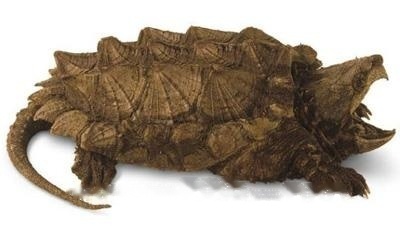
Snapping turtle
Real snapping turtles look like crocodiles fish, Set turtle and crocodile in one, so called true snapping turtle. Its head is relatively thick and cannot be completely retracted in
The four-clawed tortoise is a relatively common tortoise and belongs to the national first-class protected animal, but there are still many people raising it. The four-clawed tortoise feeding method is relatively simple, and it is more suitable for artificial feeding, and the requirements for the environment are not very high, so it is very popular among tortoise friends.
Chinese name: Four-clawed tortoise
Chinese alias: dry tortoise Tasipakataspaha steppe turtle
English name: CentralAsiantortoise
binomial: horsfieldi
Kingdom: Animalia
phylum: Chordata
Subphylum : Chordate
Class: Reptiles
Subclass: Reptiles
Order: Turtles
Suborders: TurtlesFamily: Tortoise
Subfamily: Tortoise
Genus: Tortoise
Subgenus: Tortoise
Species: Four-clawed tortoise
Distribution: Only found in Huocheng County, Xinjiang Uygur Autonomous Region.
Life habits: The four-clawed tortoise inhabits the desert land at an altitude of 700-1000 m, mainly in the loess hilly desert area.
Body size: 15cm~25cm. The carapace is round or oval and 6-8 inches (15-20 cm) long, although some individuals are occasionally reported to exceed 9 inches (23 cm).
Appearance: The carapace is distinctly flat along the vertebral scutum. The carapace varies in color from light tawny, through yellow-green, to olive, with brown or black markings on the larger scutellum.
Reproductive habits: oviparous. Every year in early spring (March to May), tortoises start searching for a mate immediately after waking up from hibernation.
Food: Herbivorous, food consisting entirely of herbs and succulents, including grasses (fresh and dry), twigs, flowers, fruits, and young of various native wild and cultivated plants Young stems and leaves.